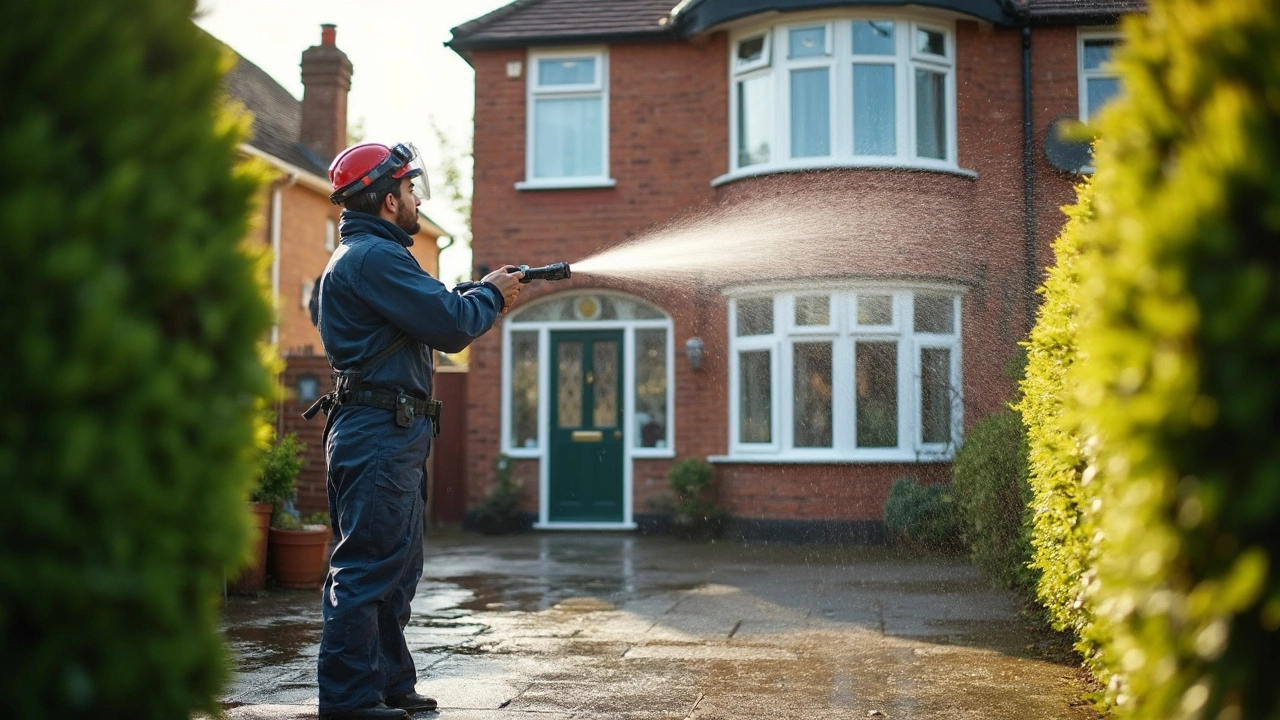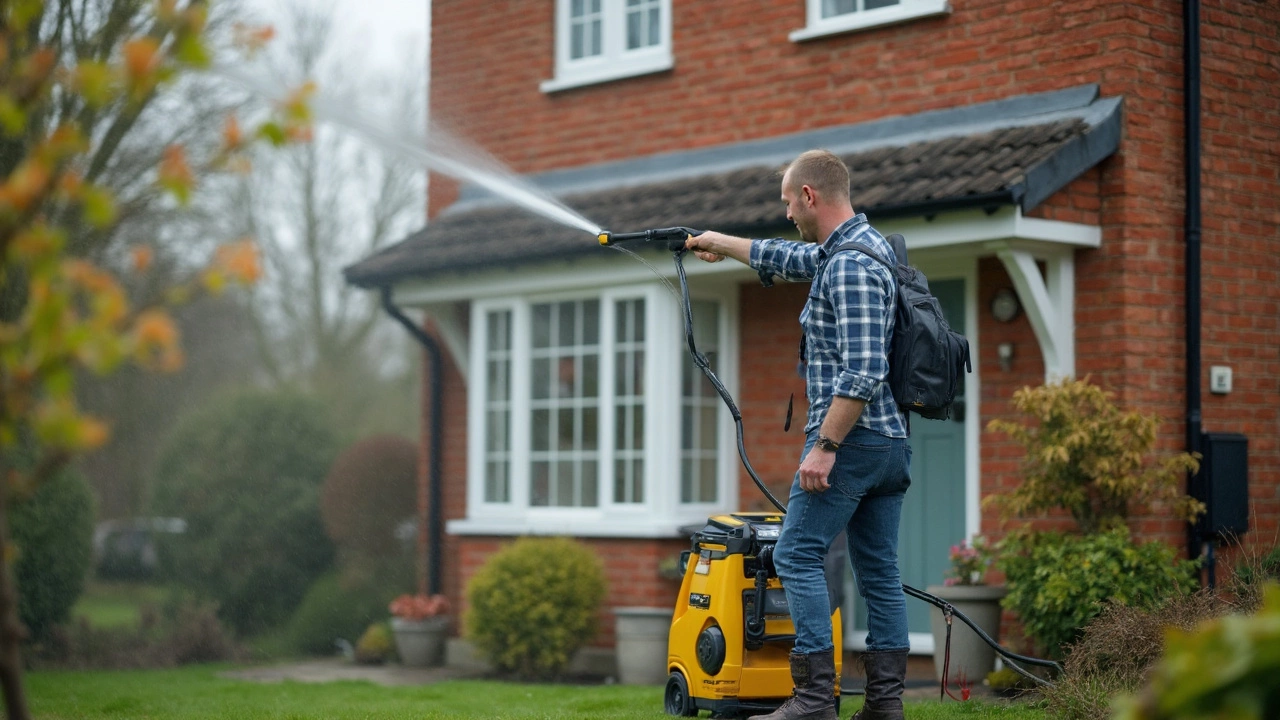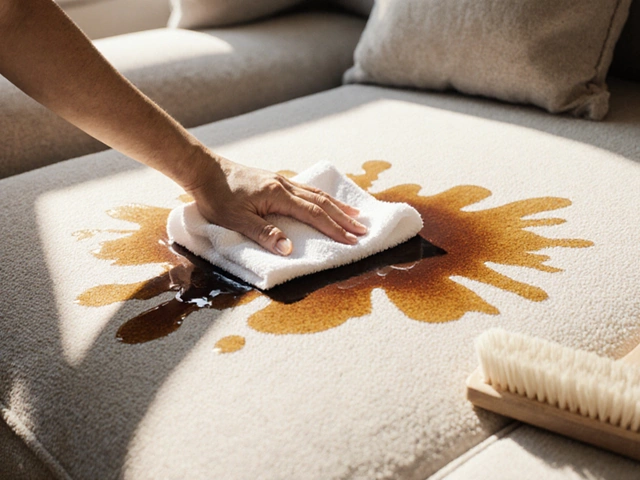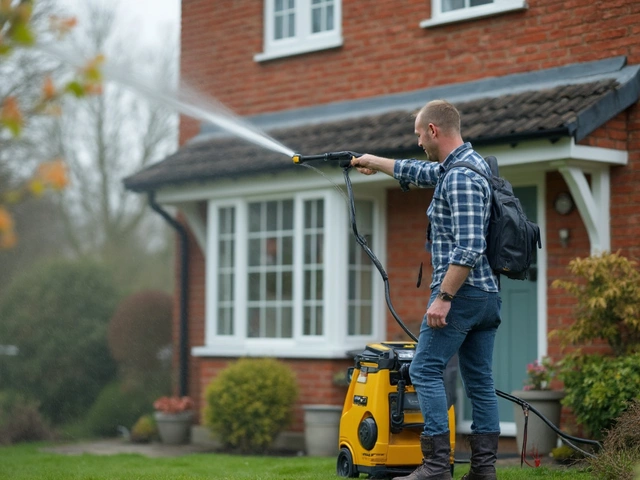People love to say a clean house feels like a fresh start, but let’s be honest—nothing makes a home look instantly sharper than a good, solid pressure wash. Not kidding, I’ve seen mildew and dirt melt off siding like ice in July. If you’ve ever stood back and admired the transformation, you know the magic. But, here’s the big question—how long does it actually take to pressure wash a whole house? This isn’t just about turning on a hose; your technique, prep, and sideline tricks can make the job breeze by or drag on forever. So, let’s nail down what makes the real difference in pressure washing time and why a few hours can mean the difference between a streaky mess and a gleaming facade.
What Changes the Clock? House Size, Grime Level, and Equipment
The simple answer: it depends. The long answer? It’s all about size, dirt, and the kind of pressure washer you’re teaming up with. A single-story, 1,200-square-foot ranch usually takes less time than a sprawling multistory Victorian. Got lots of nooks, gables, and intricate trim? Set aside extra time to hit those angles. Now, consider the grime factor. Fresh mildew or thick algae isn’t going quietly. The difference between regular maintenance and “I haven’t cleaned this since 2017” can add hours to your job.
Check out the effect of different factors:
| House Size (sq ft) | Siding Type | Light Cleaning | Heavy Cleaning |
|---|---|---|---|
| 1,000-1,500 | Vinyl | 1-2 hours | 2-3.5 hours |
| 2,000-2,500 | Wood or Stucco | 2-3 hours | 4-5 hours |
| 3,000+ | Brick/Complex | 3-5 hours | 5-8 hours |
But here’s the curveball—equipment. A professional-grade machine hits 2,800+ PSI and sprays 2.5 gallons a minute, easily cutting cleaning times in half compared to the $120 electric box from the big-name store. A gas-powered washer is what the pros bring for a reason. Yet, there’s a learning curve, and using too much force on old paint or brittle siding can cause more headache than anything. If you go slow and methodical, you’ll get better results, but it might take longer. Rushing can mean streaks, missed patches, and the classic tell-tale tiger stripes. Not so impressive.
Prepping for Success: What Slows You Down (or Speeds You Up)
Ever seen someone try to power wash around a jungle of shrubs and garden gnomes? Preparing your home pays off in shave-the-clock time. Clearing decks, moving furniture, covering delicate plants—these steps are critical, but they eat chunks of your schedule up front. While prep might sound like a hassle, it actually saves you time mid-job. No dancing around obstacles, no stopping because you blasted flower mulch onto your siding (speaking from experience here).
Here are a few more things that eat into your timeline:
- Soaking stubborn stains before you start—mold, algae, bird droppings—it’s smart, but it racks up extra minutes or even an hour if you need a repeat application.
- Switching nozzles for different surfaces. Wide patterns cover more, but tougher spots need pinpoint jets.
- Climbing and moving ladders safely for homes above one story—seriously, don’t risk it by stretching that hose. Proper ladder work is slower but way safer.
- Double-rinsing if you use detergents, which is necessary to protect paint and plants. Skipping this is a rookie mistake that’ll haunt you later.
- Battling water pressure drop-offs if multiple hoses or neighbors are running laundry while you work. Odd, but yeah, it slows things down.
If you’re on your own, all this takes longer than if you have a dedicated helper. One person spraying, one person managing hoses and gear—the two-person tag team is always faster. On the flip side, working alone means you set your own pace and avoid the “Wait, where’s the wrench?” moments.

Should You DIY or Call the Pros? Real-World Timing
If you’re thinking about skipping the pros and DIYing, let’s break it down. Homeowners with a bit of experience and access to solid equipment can wrap up an average-size house (around 2,000 square feet) in about 3-5 hours, give or take. Absolute beginners? Pencil in the better part of a Saturday—between hauling rentals, learning nozzle settings, and troubleshooting spray patterns, it’s part work, part experiment. Remember, you’re not just point-and-shooting. It’s methodical: keep the wand a steady distance, overlap each pass, step back and check for streaks, move the ladder, repeat.
Pros do this all the time, so they’re way more efficient. They don’t spend time fussing with tangled hoses or learning as they go. For an average home, a professional crew can go from start to finish—including full prep and post-job cleanup—in 2-4 hours. The difference boils down to practice and the right gear. Plus, there’s less risk of blowing water up under the siding or stripping the finish from wood.
Now, if your house is massive, decked out with three or more stories, or tucked into a leafy, hard-to-reach lot, tack on another couple hours. Big jobs—think wraparound porches, Victorian trim, and years of neglect—can easily run a full workday or more. Don’t forget that seasoned crews come with specialized nozzles, extension wands, rotundas for porches, soap injectors—you get the picture. You pay for speed, precision, and peace of mind.
Pro Tips for a Fast, Spotless Pressure Wash
Chasing after that “just painted” look? Here’s how the experts save time while getting top results. First, pick the right day. Seriously, avoid extra-hot afternoons. Early morning or late evening works best—warmer water loosens dirt faster, and the sun won’t dry soap before you can rinse it. Clear weather is a must, or you risk slip hazards and streaks. Don’t forget to protect outdoor outlets and lights with plastic or waterproof tape. It’s a tiny detail, but if you’re wrangling extension cords, it’s huge.
Want to work efficiently? Tackle the house a section at a time, going top to bottom to avoid forcing dirty water back onto clean walls. Overlap each sweep so you don’t get those telltale stripes. If you’re new, practice on a small, hidden strip first—nobody wants to see wand marks by their porch.
Here’s a pro list for speed and thoroughness:
- Test water pressure before setting up – fluctuations can waste loads of time.
- Pre-soak the dirtiest spots (shadowy north walls, under eaves). Give chemical cleaners a 10-minute head start, then spray.
- Divide a multistory house into logical sections: gables, upper walls, main floors. This keeps the task from getting overwhelming and repeating the same work.
- Rinse fully before detergent dries. Even with “biodegradable” soaps, leftover suds can leave dull patches.
- Keep a squeegee handy for windows as you go, so you’re not left with streaks in the sunshine.
- Regularly check your nozzle and filter for clogs—surprisingly common, and they cause weird spray patterns and wasted minutes.
- If you run out of gas, always let the engine cool a few minutes before refilling—safety first, speed second.
- Don’t skip post-wash inspection—one missed streak will bug you more than you think.
And here’s a bonus: if your home is in a heavily shaded, humid area, schedule a wash twice a year. Mold and algae return quickly on north-facing sides, so split your workload instead of battling a year of filth in one marathon session. You’ll spend less time each round, and you’ll never have neighbors’ eyes rolling at green splotches every spring.
If you want a ballpark? Knock out a well-maintained, 1,800-square-foot house in under 3 hours with the right setup and some grit. Tackle a grime-heavy two-story with special trim, and you could easily clock six hours of hard work. Like everything home-related, prepare for surprises. Weather, supplies, and your own stamina will have their say. Just remember one thing: the cleaner the house beforehand, the faster future washes go. And nothing beats the shine when you’re done.





